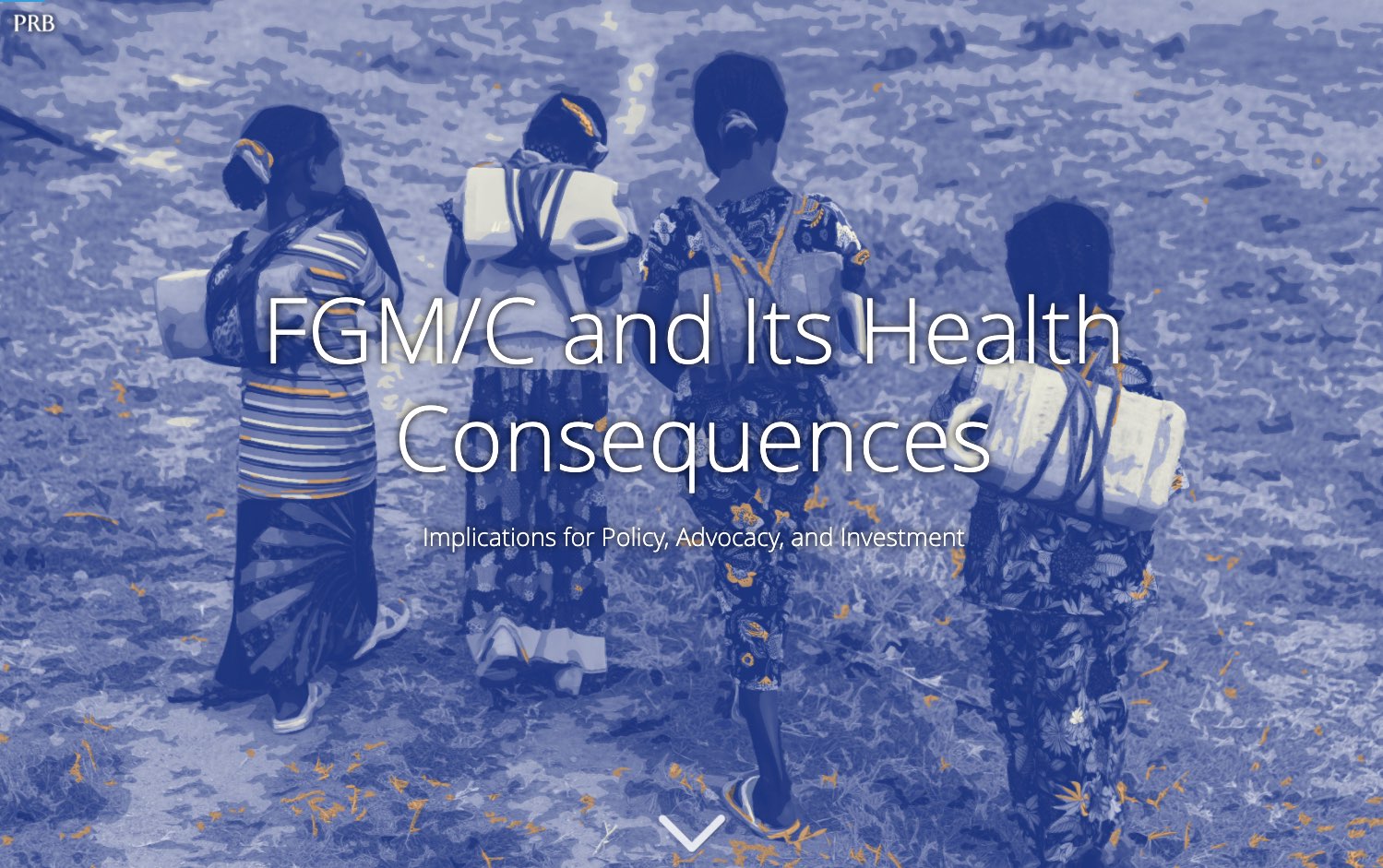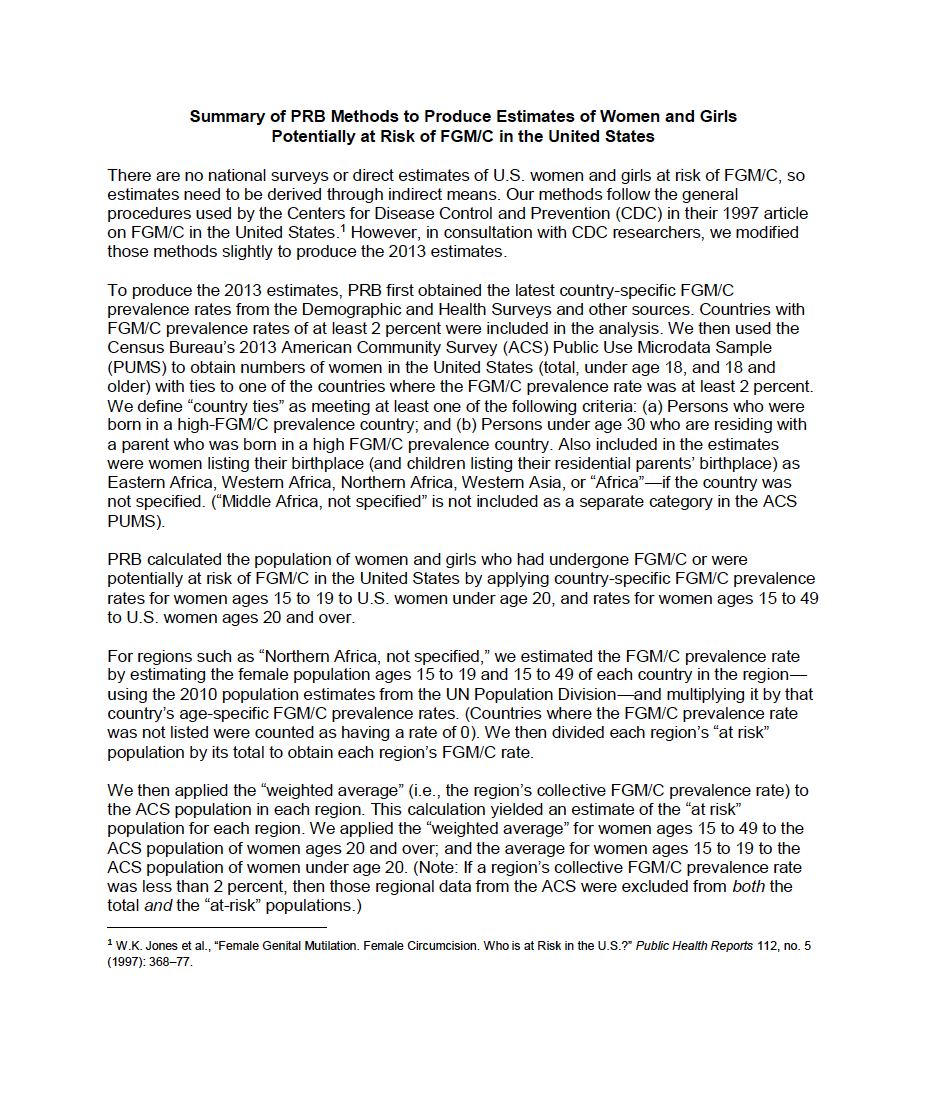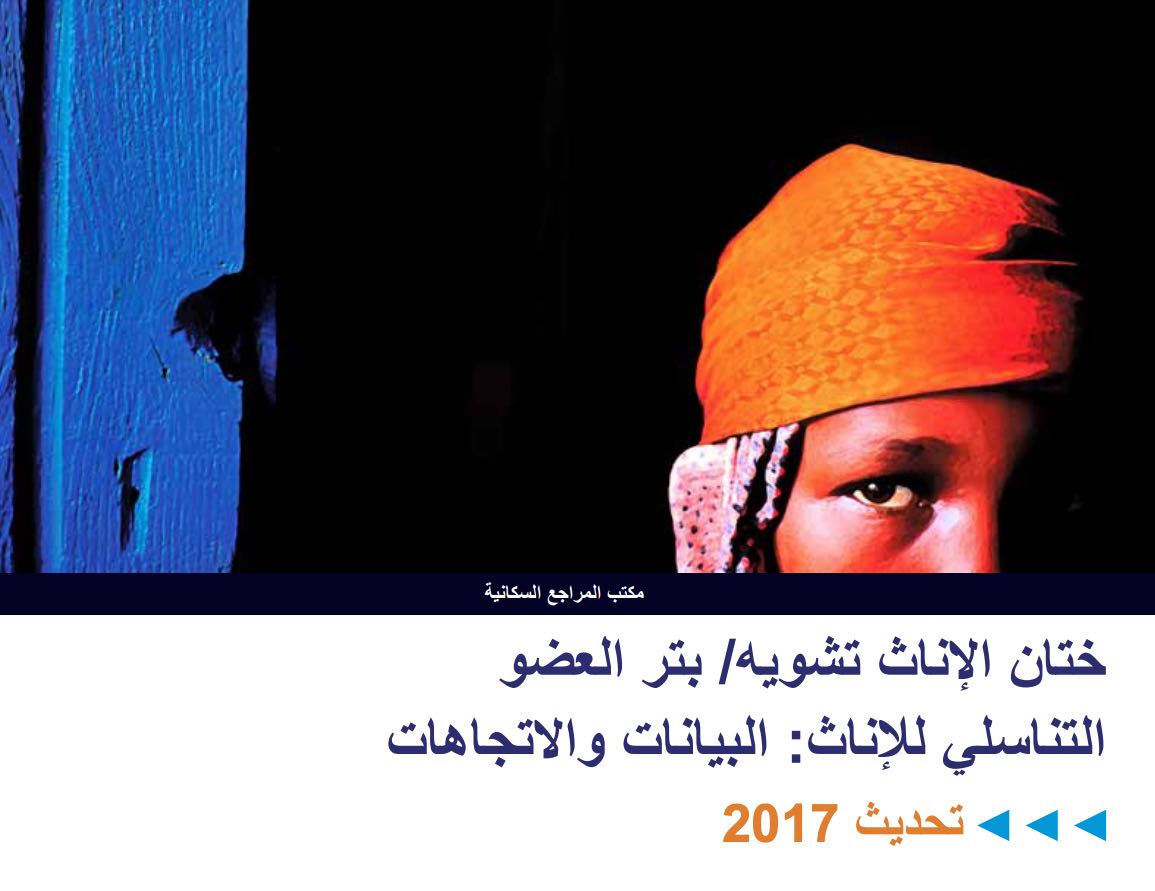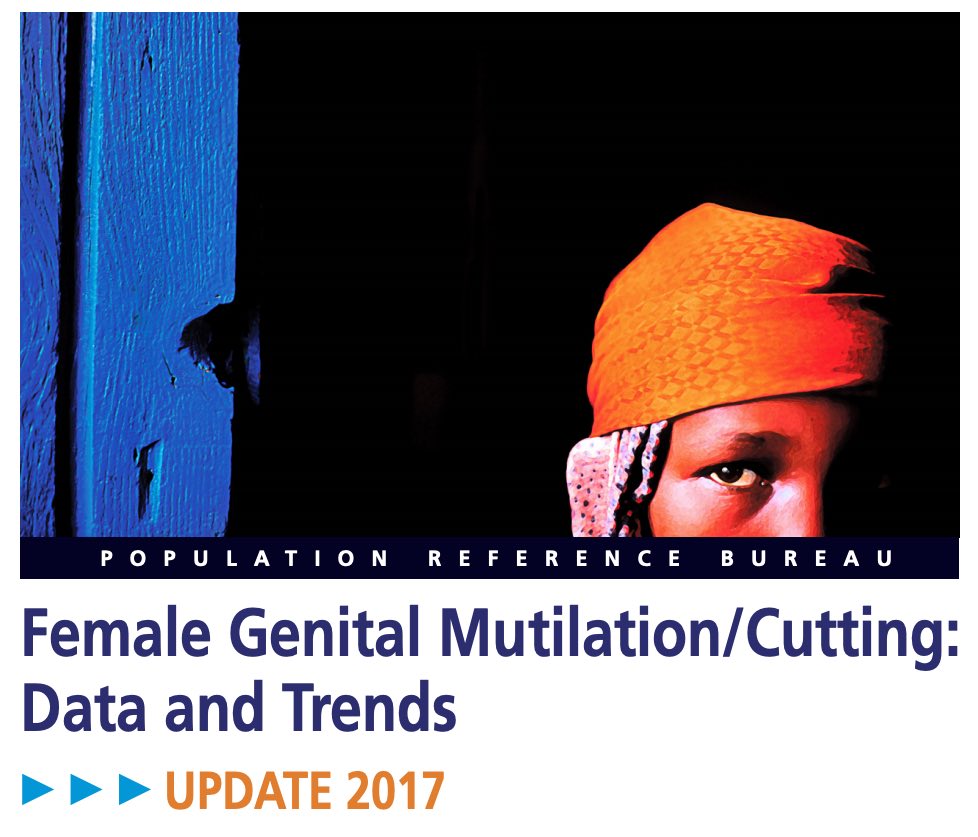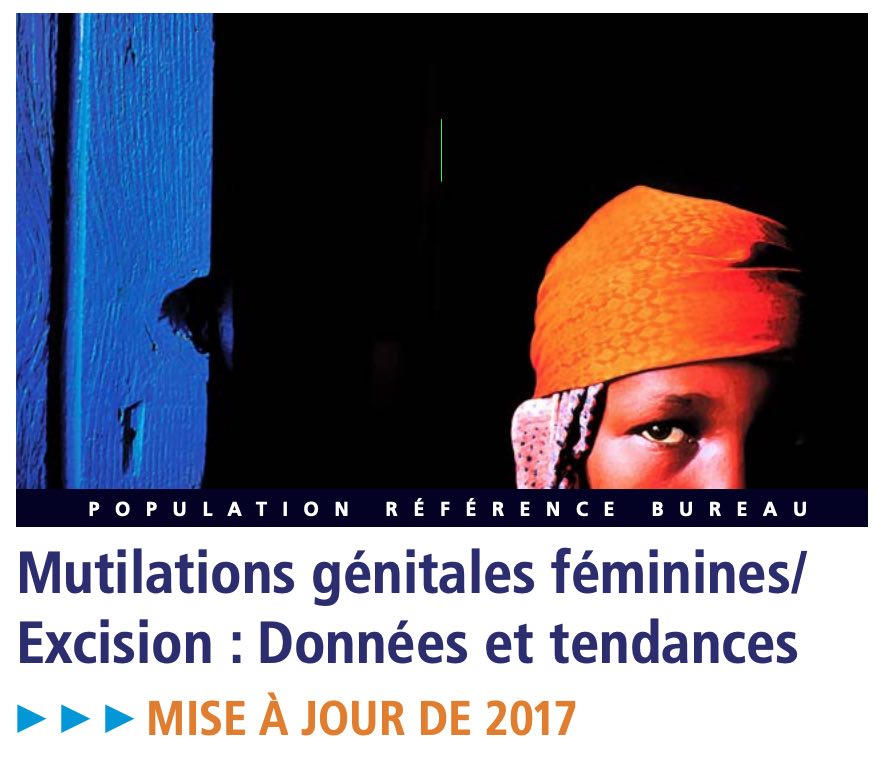The Role of Policymakers in Ending Female Genital Mutilation: An African Perspective
(2010) The idea of intentionally harming—let alone mutilating—healthy young girls stirs feelings of anger and injustice. The fact that thousands of girls are mutilated daily in the name of culture, religion, or gender is difficult to imagine.

